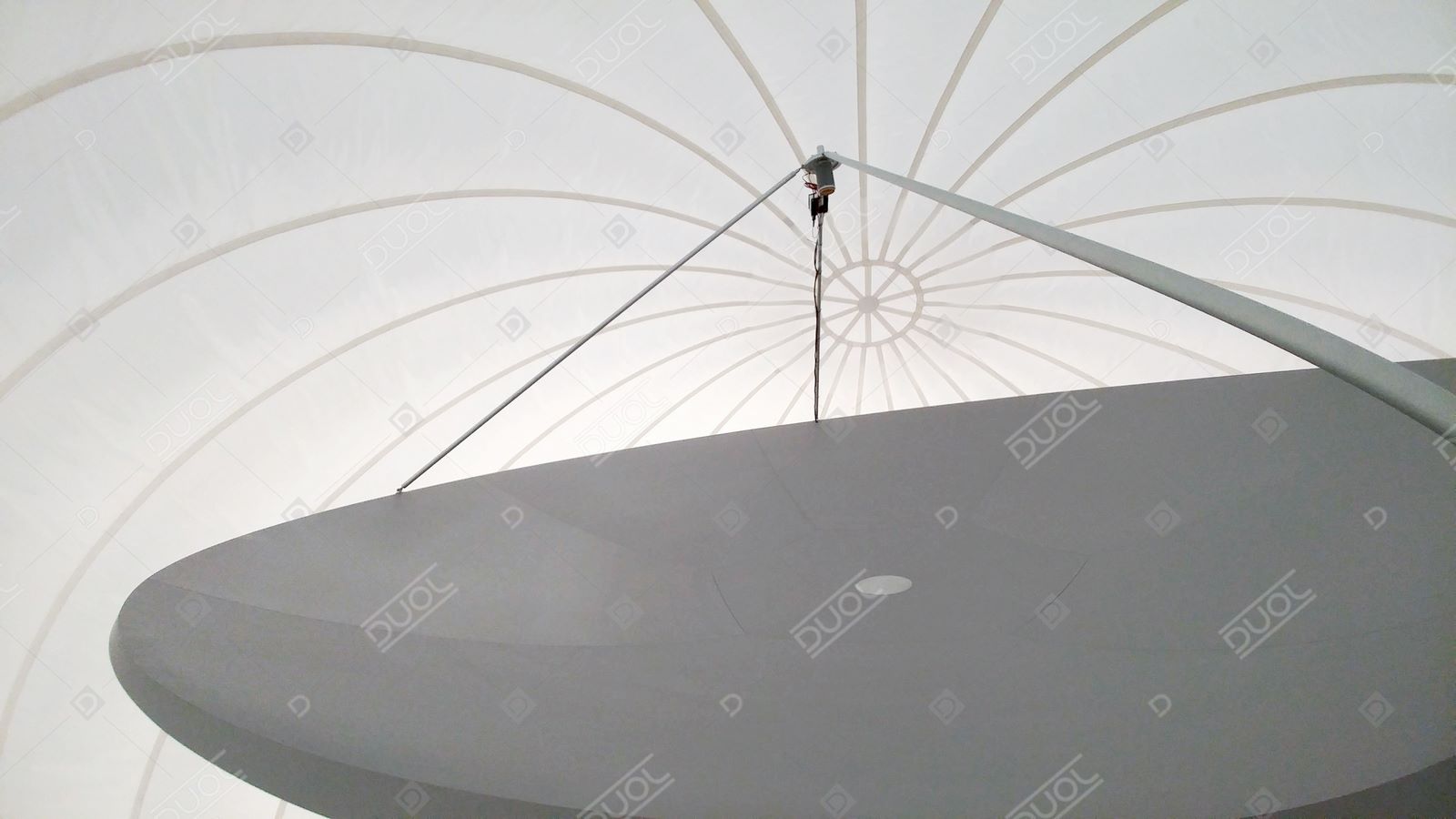DUOL has secured national co-funding to commence work on the NIZIS pilot demonstration project, an advanced intelligent ground information system. Collaborating with three Slovenian companies, Skylabs, Cosylab, and GeoCodis, DUOL will embark on a three-year research and innovation journey. NIZIS (the Advanced Intelligent Ground Information System), selected from 60 project applications, aims to revolutionize the space industry by enabling direct communication with satellite platforms and providing control capabilities.


The pilot demonstration project will showcase the operation of an energy-efficient and intelligent ground information system. It will address the future needs of the space industry for an infrastructural solution that will not only establish a satellite connection and stream raw data but would also process the content and enable direct communication and control with satellite platforms.
NIZIS will be a unique and autonomous system that radically changes the concept of using satellite technologies for end users. Users will perceive the satellite platform merely as an accumulation of digital endpoints through which they can transmit and receive desired data. DUOL's contribution to the project involves developing radomes for the ground stations and conducting comprehensive testing in simulated and operational environments to qualify the system through demonstration.

Funded by the European Union – NextGenerationEU.
About DUOL Radomes
DUOL radomes protect antenna systems while providing exceptional electromagnetic transmission performance across a broad range of frequencies. With their innovative design, they ensure minimal signal loss and true wideband operation.
DUOL manufactures inflatable radomes that safeguard antenna systems and radars while offering outstanding electromagnetic transmission performance across various frequencies, including S-Band and X-Band.


